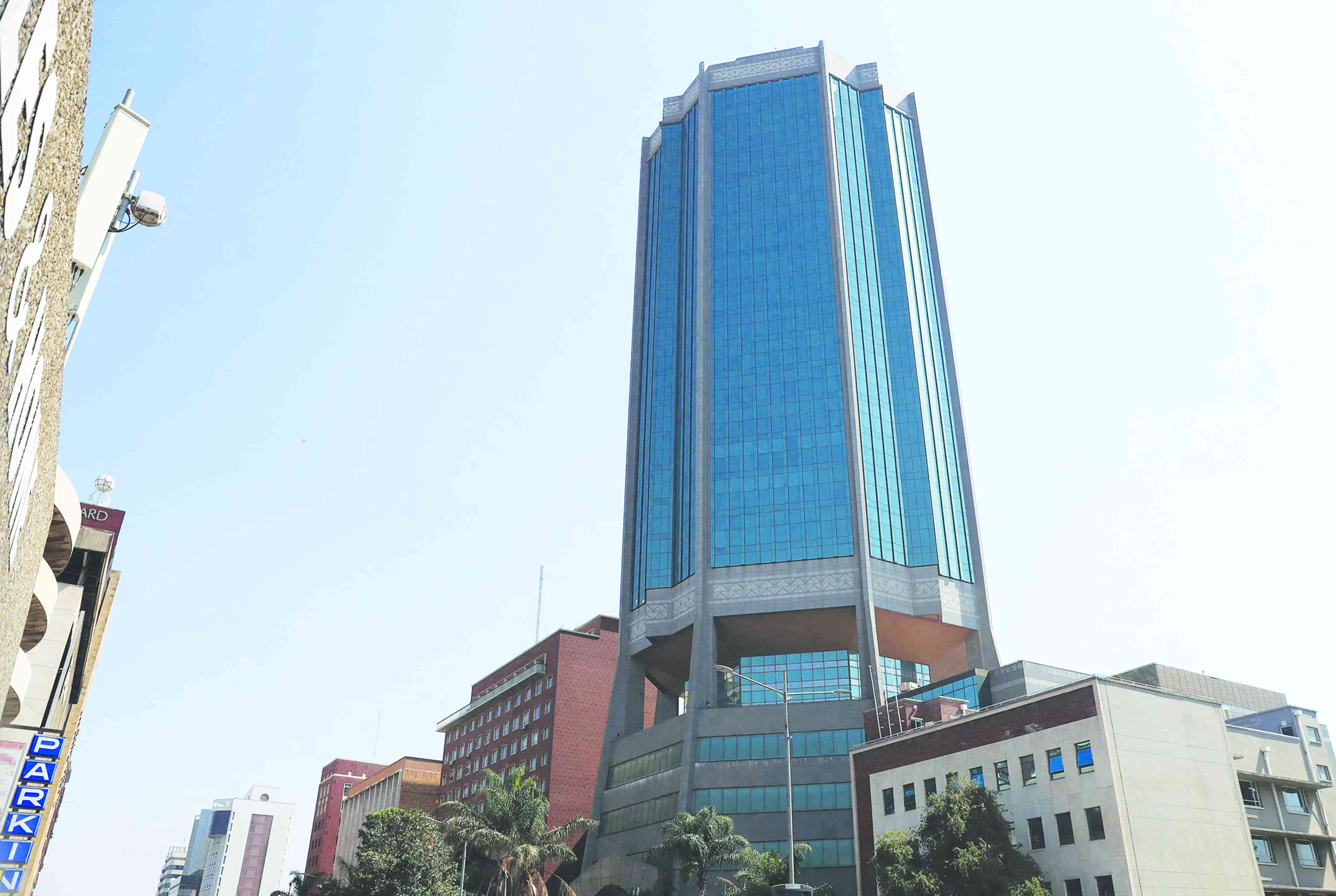
BY FREEMAN MAKOPA THE Agricultural Marketing Authority (Ama) has extended the 2021/22 cotton marketing season to cater for late crop, which was affected by delayed rains.
Zimbabwe’s normal cotton marketing season closes around mid-August.
After this deadline, cotton farmers are required to destroy stalks by mid-September every year.
The strategy helps them prevent disease and ensure that as they enter a new season, there are no carry-over diseases.
Ama chief executive officer Clever Isaya said in a statement that farmers should take advantage of the extension to deliver their crops.
“Following wide consultations, the Agricultural Marketing Authority wishes to advise farmers, contractors and other stakeholders that the 2021/22 cotton marketing season has been extended,” Isaya said.
“These extensions were necessitated by the fact that some farmers had a late crop due to delayed rains.
“Farmers are advised to take advantage of this extension to make mop-up deliveries of their crop as no extensions will be made beyond these dates. The normal cotton marketing season usually closes around mid-August, where farmers are required to destroy stalks by mid-September to prevent disease carry-over into next season.”
- Chamisa under fire over US$120K donation
- Mavhunga puts DeMbare into Chibuku quarterfinals
- Pension funds bet on Cabora Bassa oilfields
- Councils defy govt fire tender directive
Keep Reading
Cotton is one of the crops that are expected to drive Zimbabwe’s recovery.
The country has recently been receiving low rainfall due to prolonged droughts, and those growing cotton are expected to benefit from the crop’s resilience to droughts and climate change-induced harsh weather conditions.
But apart from late rains this year, farmers have encountered many problems in the past decade, including lack of funding and low prices.
The country is expecting low seed cotton volumes compared to the past season, as a result of the late start of the cotton growing season.
This season, farmers were also affected by low temperatures that resulted in cotton balls failing to fully develop.
Last year the country produced 138 million kilogrammes of seed cotton.
But agricultural players project that there would be an increase in cotton production in the forthcoming 2022/23 cropping season, which starts during the fourth quarter of the year.
They say higher output would be underpinned by government’s intervention with better cotton prices and the classification of cotton as an export crop this season.
Cotton is mostly grown under contract arrangements in Zimbabwe with ginners providing inputs and buying the produced seed cotton. Government through the Cotton Company of Zimbabwe (Cottco) is the main contractor accounting for more than 85% of all cotton production.
Private sector interest in the crop has been significant, but farmers have raised the red flag over what they say is exploitation.
They say most of their earnings are taken by contractors, leaving them with little money for their domestic requirements.
Zimbabwe seed cotton is mainly produced by smallholder communal farmers with small plots ranging from half a hectare to five hectares.
It is highly sought after globally, as it is hand-picked with minimal contamination thereby maintaining good quality standards.
Cotton players have decried delays in getting export permits from Lands, Agriculture, Fisheries, Water and Rural Development ministry saying they were affecting their business operations and hamstringing their loan repayment plans.
According to the Lands ministry’s state of preparedness for the 2022/23 production and summer season buying prices report, the Presidential Cotton Scheme will focus on increasing the area under hybrid cotton seed and ensuring the 100% adoption of Pfumvudza, a scheme that has been helping farmers with inputs in a variety of crops.
The report also said this year’s target was to put 400 000 hectares of land under Pfumvudza cotton.
This scheme will see 520 000 farmers benefiting, according to the report.
Two plots, each measuring 0,25 hectares per grower would be required for each farmer under the scheme.
Government has been promoting the production of hybrid cotton varieties from the Cotton Research Institute. Cottco is also expected to have a seed production business unit.
Yields are expected to increase from 0,350 tonnes per hectare to about one tonne/ha.
The ministry also suggested that if the private sector and Cottco’s plans are actualised, cotton volumes will increase significantly in the coming seasons.
The peak period for cotton output was in 2010, when farmers produced 350 000 tonnes.
- Follow us on Twitter @NewsDayZimbabwe







